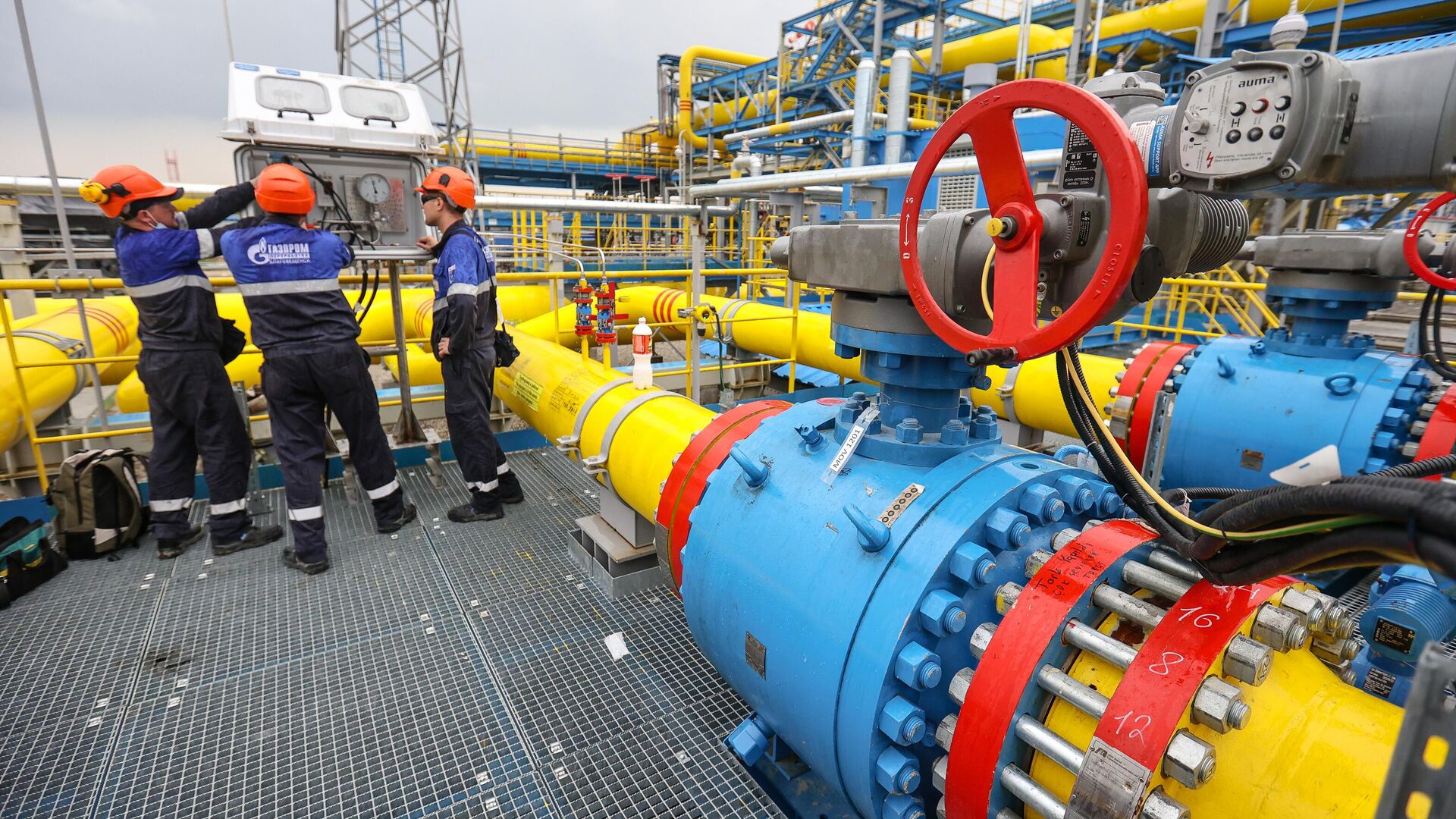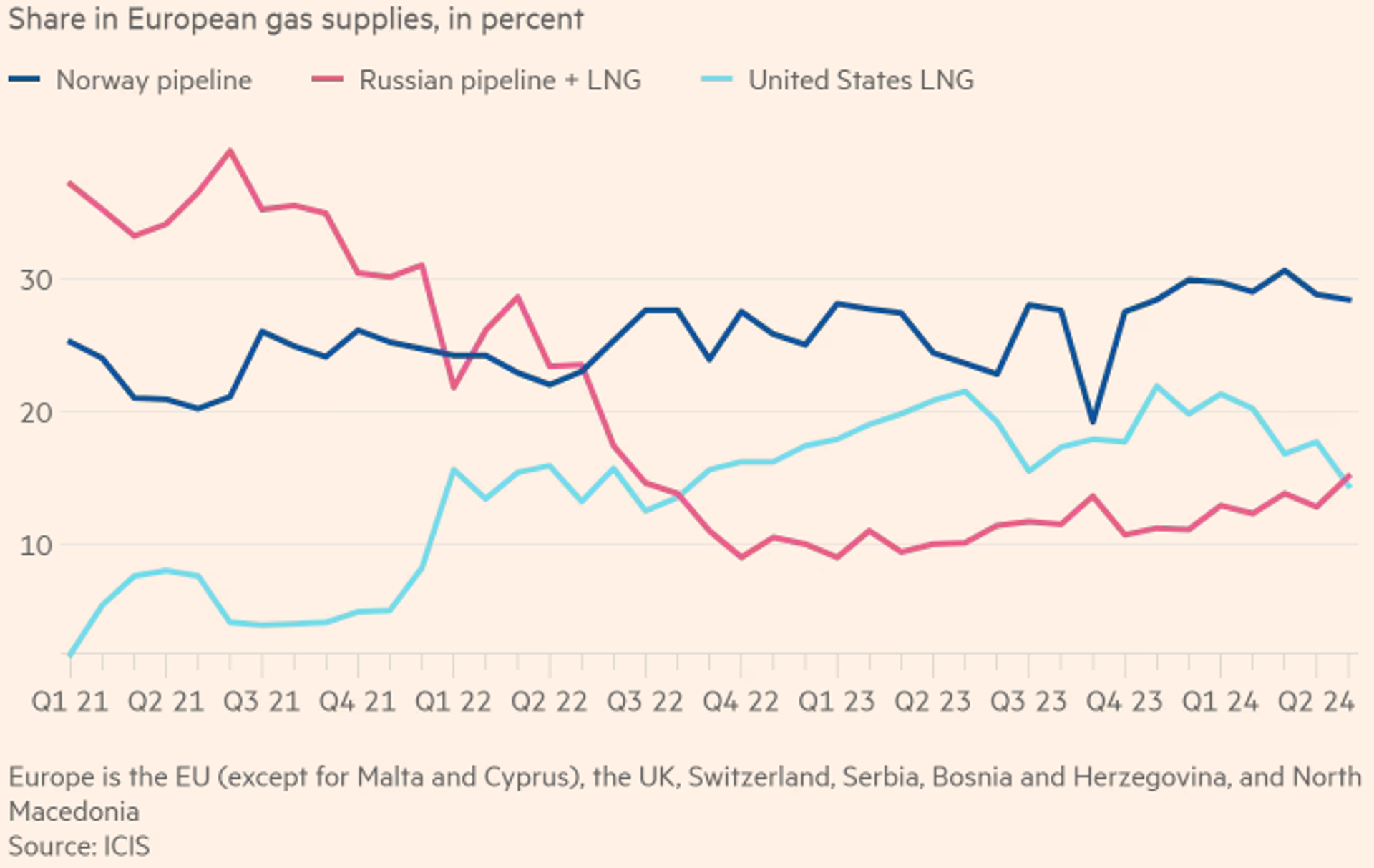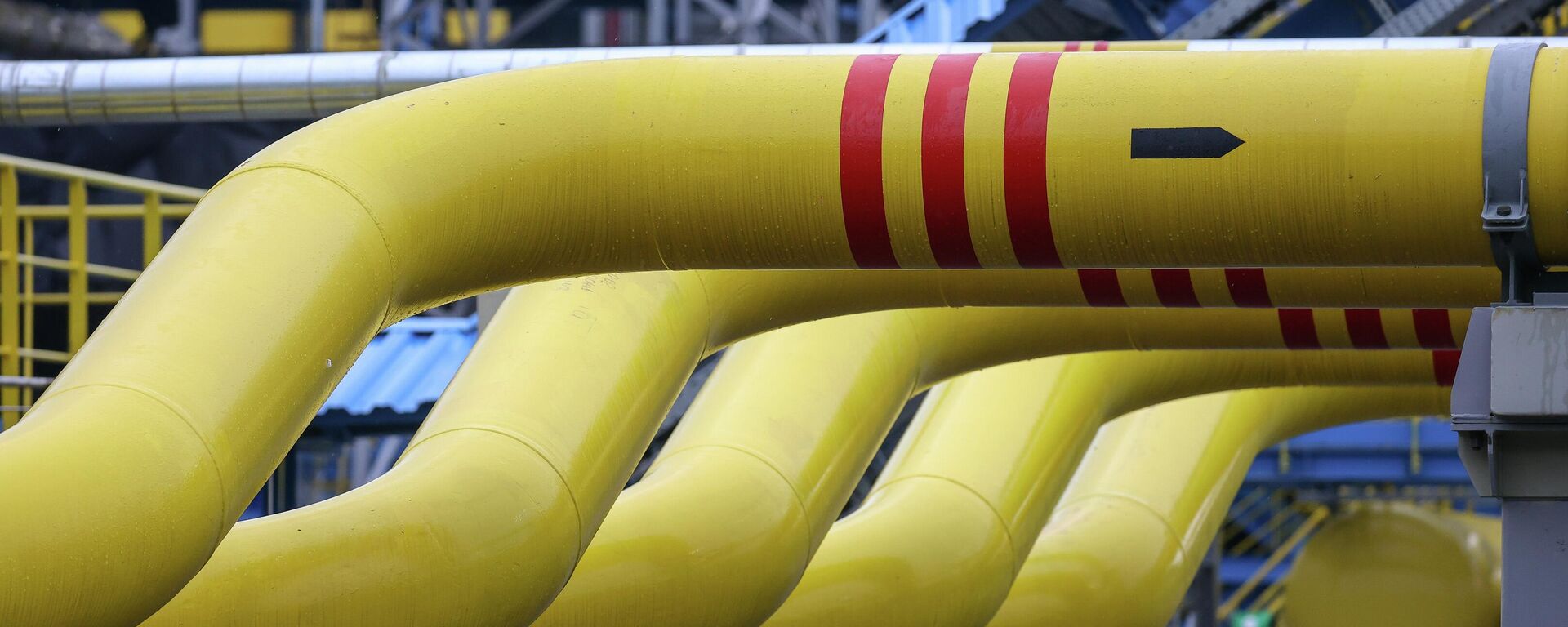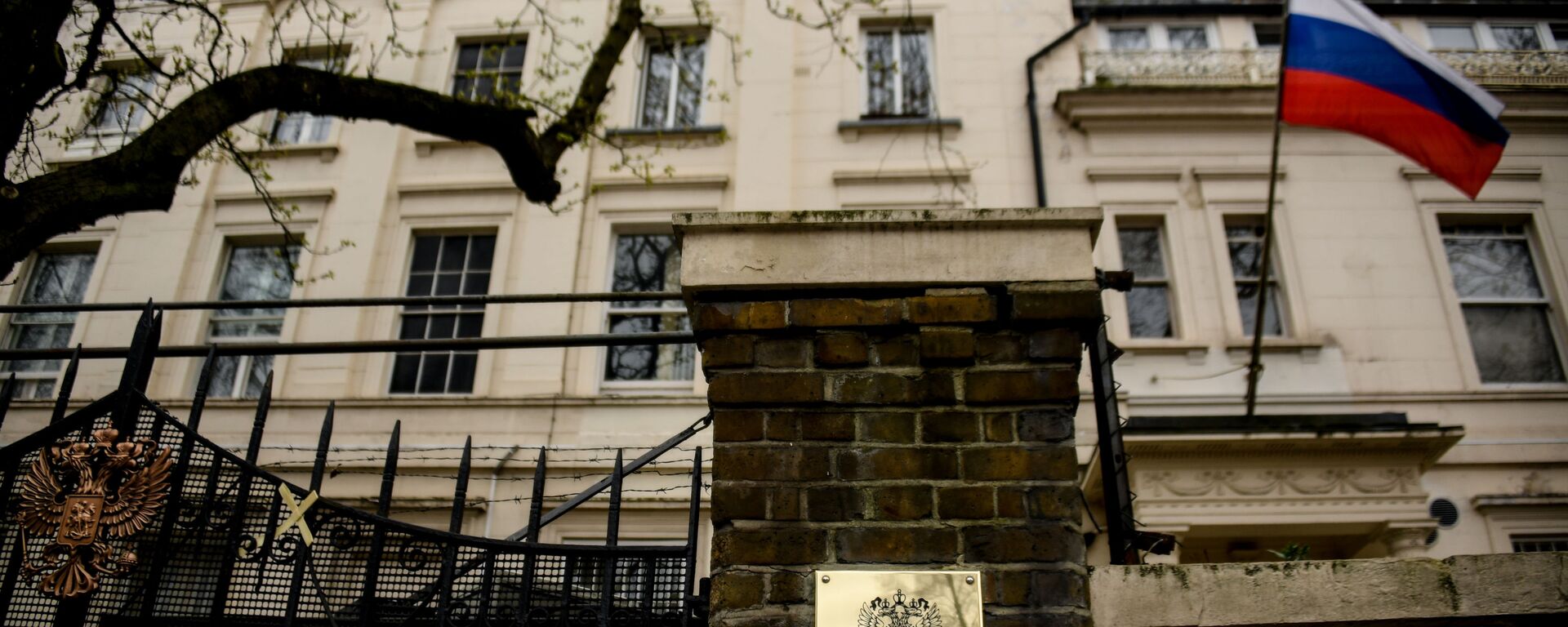Market Share of Russian Gas Soars, Overtaking US LNG Imports to Europe
13:35 GMT 16.06.2024 (Updated: 13:37 GMT 16.06.2024)

© Sputnik / Pavel Lvov
/ Subscribe
The US overtook Russia as the main supplier of gas to Europe in September 2022 in the wake of the West's sanctions campaign. However, the EU's decision to reduce energy dependence on Moscow led to a spike in energy prices and shortages. Washington seized the opportunity to capitalize on the situation and boosted its liquefied natural gas exports.
The share of Europe's gas imports from Russia overtook US supplies for the first time in almost two years in May, the Financial Times reluctantly acknowledged.
Despite a much-touted EU intention to wean itself completely off Russian energy as part of the West’s sanctions campaign, Russia’s piped gas and LNG shipments accounted for 15 percent of total supply to the EU, UK, Serbia, Bosnia and Herzegovina, North Macedonia, and Switzerland, according to data provided by Independent Commodity Intelligence Services (ICIS).
LNG from the US made up just 14 percent of supply to the European market in May – the lowest level since August 2022, as per ICIS.
The publication rushed to blame “one-off factors” for the trend, underscoring “the difficulty of further reducing Europe’s dependence on gas from Russia.” It added that several East European countries still rely on imports of Russian energy. An outage at a major US LNG export facility was also cited as one of the factors involved.

Screenshot of ICIS chart showing share of Russia's gas supplied to Europe, in percent.
© Photo : ICIS
“It’s striking to see the market share of Russian gas and [liquefied natural gas] inch higher in Europe after all we have been through, and all the efforts made to decouple and de-risk energy supply,” Tom Marzec-Manser, head of gas analytics at the consultancy ICIS, was cited as saying.
ICIS speculated that soon Russia would be able to ship LNG to Asia via its Northern Sea Route, thus reducing the amount sent to Europe. It also suggested that overall US LNG production was set to grow, with “new capacity affecting the global market by the end of the year.”
Furthermore, FT pointed out that Kiev has no intention of extending a five-year deal with Gazprom on the transit of Russian gas to Europe when it expires later this year. Ukraine has also struck a deal with US-based liquefied natural gas (LNG) developer Venture Global to buy unspecified amounts of liquefied natural gas from the gas firm's Plaquemines LNG facility in Louisiana throughout 2026. These developments were also seen as affecting the market.

Screenshot of ICIS chart showing share Europe's gas supplies by source, in cubic meters.
© Photo : ICIS
After the US availed itself of the opportunity to overtake Russia as a supplier of gas to Europe in September 2022, it has accounted for about a fifth of the region’s supply since 2023, the publication noted.
Macron, Ukraine's staunchest defender, quietly increases gas payments to Russia - report
— Sputnik (@SputnikInt) April 11, 2024
"Russian liquefied natural gas deliveries to France grew more than to any other country in the EU compared to last year," Politico writes, citing data from the Center for Research on Energy… pic.twitter.com/My3DiIOZQv
Disruption of Russian gas supplies due to short-sighted Western sanctions on Moscow over Ukraine have left Europe grappling with spiraling inflation and surging energy bills. Costs of liquefied natural gas (LNG) exports from the US have added to the pressures on European households’ budgets. Sputnik's calculations based on Eurostat data revealed late last year that the European Union has been forced to overpay some €185 billion for gas imports since it jumped on the sanctions bandwagon. Meanwhile, the United States has been raking in profits estimated to be worth €53 billion.
Russia cautioned that sanctions against it, including attempts to part ways with Russian energy imports, would have long-term backfiring consequences. The warning fell on deaf ears, while Western countries and their allies were left facing an energy crisis. Overall, the sanctions have in the West triggered everything from raging inflation and recession fears, to looming deindustrialization, with Germany being hit the hardest.
Potential ban on Russian LNG supplies to cost EU one-fifth of imports
— Sputnik (@SputnikInt) April 23, 2024
Russia is the second largest supplier of liquefied natural gas (LNG) to the EU, which means that the bloc's potential ban on Russian LNG will cost it a 19% share of its imports, Sputnik estimated based on data… pic.twitter.com/KpPePpdwsq





